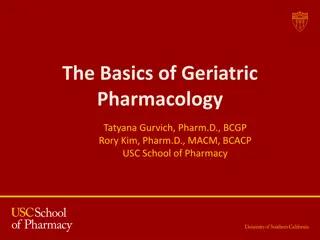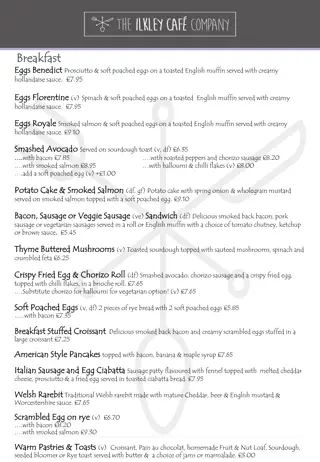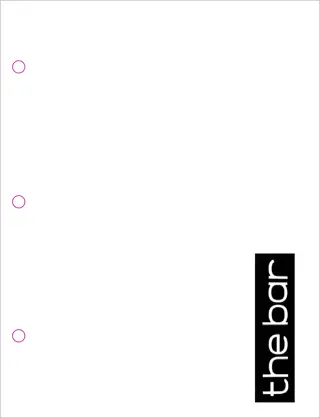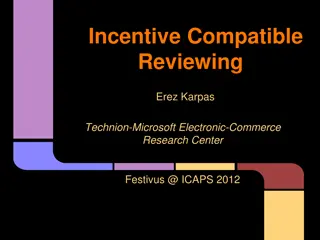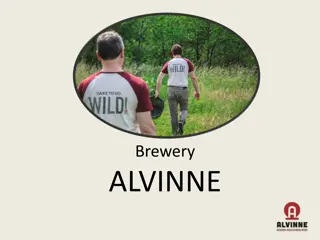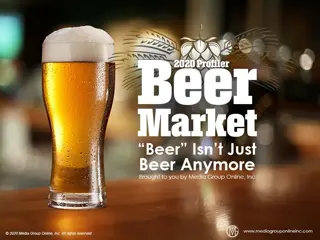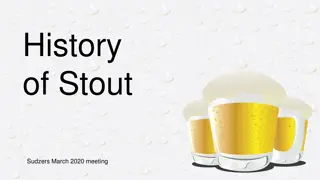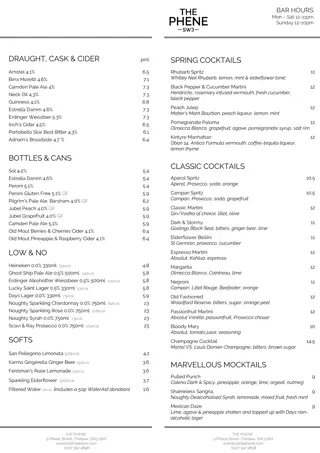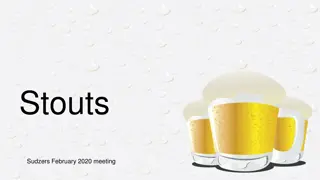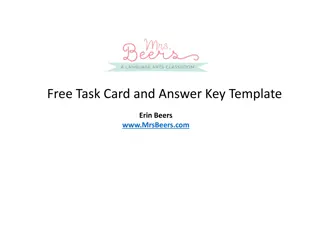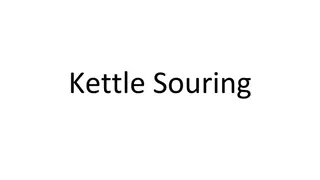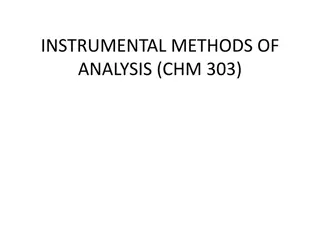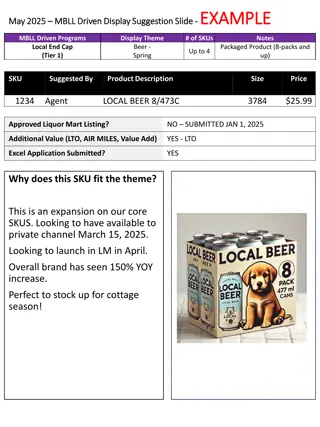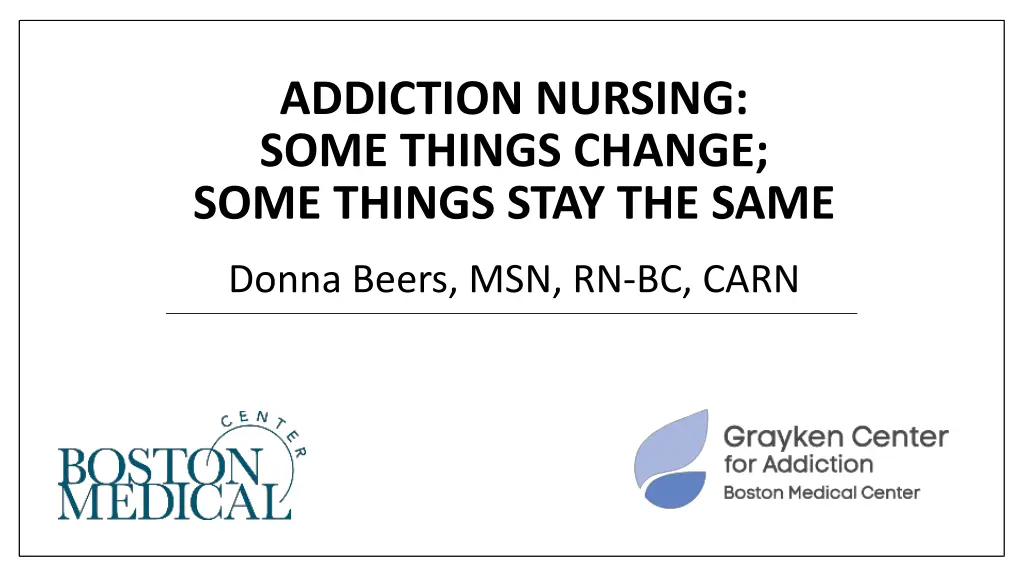
Evolution of Addiction Nursing Practice
Explore the evolution of addiction nursing practice through the perspectives of dedicated professionals like Donna Beers, Ray Bryant, Jeffrey Samet, and more. Witness the journey of hope, hospitality, and harm reduction in engaging and retaining individuals with substance use disorders. Discover how the field has witnessed changes while staying true to fundamental principles, offering insights into patient-centered care, motivational interviewing, and the importance of inspiring hope.
Uploaded on | 0 Views
Download Presentation

Please find below an Image/Link to download the presentation.
The content on the website is provided AS IS for your information and personal use only. It may not be sold, licensed, or shared on other websites without obtaining consent from the author. If you encounter any issues during the download, it is possible that the publisher has removed the file from their server.
You are allowed to download the files provided on this website for personal or commercial use, subject to the condition that they are used lawfully. All files are the property of their respective owners.
The content on the website is provided AS IS for your information and personal use only. It may not be sold, licensed, or shared on other websites without obtaining consent from the author.
E N D
Presentation Transcript
ADDICTION NURSING: SOME THINGS CHANGE; SOME THINGS STAY THE SAME Donna Beers, MSN, RN-BC, CARN
THANK YOU Justin Alves Sarah Bagley Jimmy Evans Jason Fox Amy Fitzpatrick Nancy Gaden Colleen Labelle Christine Pace Annie Potter Glory Ruiz Jessica Taylor Alex Walley Kristin Wason Zoe Weinstein Courtney Urick
I am an addiction nurse Engagement and retention for persons with substance use disorders, primarily opioid use disorders Doing what it takes to help people find steady ground Have witnessed successes, struggles, joy and pain
Ray Bryant, late-1980s Patient-centered care Respectful inquisitiveness Strengths-based approach Motivational interviewing Harm reduction
Jeffrey Samet, January 2002 Figure out how to get people what they want. Don t get hung up on obstacles.
Jane and Alex Alex Walley Jane Liebschutz
Two days at an HIV conference, ~ 2003 Hospitality: Autonomy, Hospitality, and Nursing Care (Matzko,1996) Hospitality as sustained attention, comfort and a sense of continuity Enter as strangers Diminished sense of agency Nurses welcome patients
Day 2: Kathy, Mimi, Kristin Hope: Relief of suffering and better future Essential in healing One of the 10 fundamental components for recovery: Can be fostered A catalyst for change Inspiring hope as nursing competency SAMHSA (2012), ALBC (2017), Laranjeira (2022)
Early days at BMCTOP Hope Hospitality Harm reduction
TOPCARE Pre-fentanyl Donna Post-fentanyl Donna How about giving MOUD a try? You can still attend AA or NA meetings. Sure, give abstinence-based treatment a try. Let s talk about that next time. Why would you stop a medication that s working? I m happy to help you figure out a taper. Just sign here, we can fill these out later. Let s get you some medication. Appointment book You don t have to stop using. If you re continuing to use, it s safer to be on MOUD. You re not ready for treatment? No problem. Give me a call when you are.
A new sense of urgencyColleen Labelle What is so funny? People are dying out there.
Opportunities and Obligations Recruit, support and retain a diverse workforce People have a right to be treated by people who look like them Recruit, support and retain a workforce of persons in recovery People have the right to be treated by people with similar life experiences
On a diverse workforce: Maya and Audrey More than 60% of nurses who identify as belonging to an ethnic minority have personally experienced an act of racism in the workplace Organization of Nurse Leaders: A Tool Kit for Addressing Racism in Nursing and Healthcare (2022) ANA (2021)
On a recovery workforce: Leo Persons in recovery provide services to vulnerable people while balancing their own recovery needs Resource Guide: Substance Use Disorders Recovery with a Focus on Employment and Education (SAMHSA 2021) Scannell (2021)
References ALBC, R. Healing and Hope Transforming Nursing Care: A Commentary. American Nurses Association. (2021). National commission to address racism in nursing. Laranjeira, C. A., & Querido, A. I. F. (2022). The multidimensional model of hope as a recovery- focused practice in mental health nursing. Revista Brasileira de Enfermagem, 75. Matzko, D. M. (1996). Autonomy, hospitality, and nursing care. Journal of religion and health, 35(4), 283-294. Organization of Nurse Leaders: A Tool Kit for Addressing Racism in Nursing and Healthcare (2022) Scannell, C. (2021). By helping others we help ourselves: insights from peer support workers in substance use recovery. Advances in Mental Health, 1-10
References Substance Abuse and Mental Health Services Administration. (2012). SAMHSA s working definition of recovery. Substance Abuse and Mental Health Services Administration: Substance Use Disorders Recovery with a Focus on Employment and Education. HHS Publication No. PEP21-PL-Guide-6 Rockville, MD: National Mental Health and Substance Use Policy Laboratory. Substance Abuse and Mental Health Services Administration, 2021. Wason, K., Potter, A., Alves, J., Loukas, V. L., Lastimoso, C., Sodder, S., ... & LaBelle, C. T. (2021). Addiction Nursing Competencies: A Comprehensive Toolkit for the Addictions Nurse. JONA: The Journal of Nursing Administration, 51(9), 424-429.





